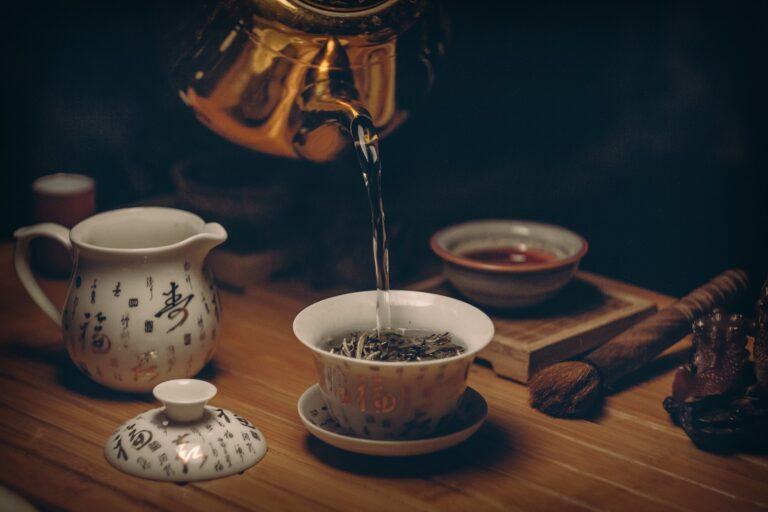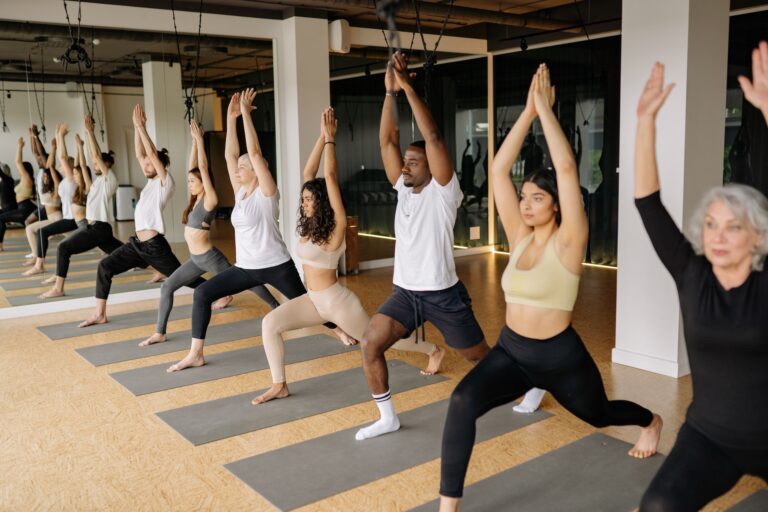The Importance of Screen-free Time
There’s an undeniable charm in reminiscing about the times when activities like flipping the pages of a book, taking in the sounds and sights of nature, or engaging in heart-to-heart conversations didn’t involve any digital devices. Today, as we sit in the digital age, screens have seamlessly positioned themselves into the fabric of our daily lives. They connect us to distant loved ones, open doors to vast troves of information, and offer unprecedented convenience.
Yet, as much as we might appreciate the joys of instant connectivity, it’s essential to remember that there’s such a thing as too much of a good thing. The pull of the screen, while captivating, often comes at the cost of neglecting the world around us.
Consistent exposure to screens has its downsides. Physically, there’s the all-too-familiar sensation of eye strain after a long day of scrolling. Our posture might hunch, and the blue light from screens can disrupt our precious sleep cycles. Mentally and emotionally, the constant barrage of information, notifications, and digital engagements can leave us feeling overwhelmed. There’s also the small shift in our social interactions, with virtual chats often replacing genuine face-to-face connections.
But stepping back from screens allows us to rediscover various joys that lie just beyond their glow. It’s similar to joyspotting, where the world reveals delightful treasures waiting to be noticed. There’s the tactile joy of sketching on paper, the rustle of leaves during a morning walk, the enriching depth of a live conversation, and the simple act of being present in the moment.
To strike a balance between the digital and the real, consider implementing some conscious changes. Set designated tech-free hours during the day, allowing yourself to disconnect and recharge. Dive into hobbies that don’t require a screen—be it gardening, painting, reading, or even just daydreaming. Encourage face-to-face interactions, whether it’s through a friendly game night, a shared meal, or a leisurely stroll.
In our fast-paced world, where screens continually beckon us, it’s a radical act of self-care to pause, put down the device, and immerse ourselves in the tangible experiences surrounding us. It’s not about dismissing the advantages of technology but about cherishing the moments that make life vibrant and genuine. So, while we continue to navigate and appreciate the digital realm, let’s also remember to frequently take a step back, breathe, and savor the world beyond the glow of screens.










